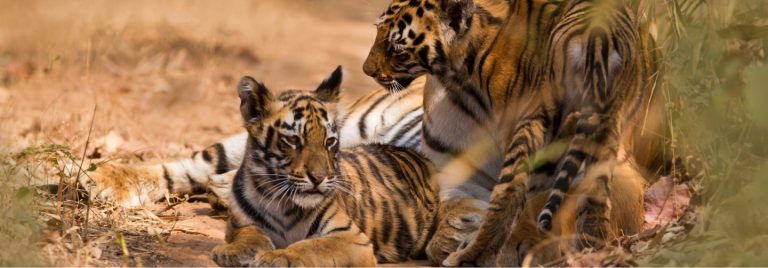For anyone interested in discovering detailed, credible and verified information about different types of international environmental crime. There was no central public database that provides analysis and interactive dashboards or arrest and conviction rates – until now.

Global Environmental Crime Tracker
Introduction Video
Please watch our demo video which explains how to use the Tracker
Get the user guide Make a submission, request or an enquiryEnter the Global Environmental Crime Tracker
At EIA, we monitor, collect and analyse data on the illegal trade in wildlife, timber and dangerous global warming refrigerant gases. Our staff collate seizures, arrests and prosecution records to help build a picture of the current scale of environmental crime and abuse.
We track the global trends through dashboards and maps that illustrate the smuggling and trafficking hotspots as well as the transportation routes and we chart the links between the criminal networks and key individuals involved.
Because nothing like it exists in the public domain, we have now launched our interactive Global Environmental Crime Tracker, with up-to-date data collected from publicly available information, including government reports, enforcement agency press releases and non-governmental and academic papers.
We have also incorporated news media coverage in several languages and details provided by partner NGOs. The Tracker covers criminal activities in Asia, Africa and Europe and it’s not an exhaustive dataset, so it likely represents only a fraction of actual enforcement and illegal trade activity globally(ref.1). Still, it will constantly be added to and regularly refreshed.
At present, we have concentrated our efforts on elephants, pangolins, rhinos, tigers, leopards in their Asian range, snow leopards, clouded leopards, the totoaba fish and timber. In April 2022 we updated the Tracker to include information on the illegal trade in hydrofluorocarbon (HFC) climate-harming gases.
We would welcome any information to help make our Tracker a valuable tool in the fight against all global environmental crime.
Before using the tool, please read our user guide.
Contributions from other NGOs
The data includes contributions from other NGOs and partner organisations. We would like to acknowledge and thank: ADM Capital Foundation, C4ADS, Conserv Congo, EAGLE Network, Education for Nature Vietnam, Fauna and Flora International, Freeland, Hogan Lovells, Lilongwe Wildlife Trust, NABU, Natural Resource Conservation Network, Oxpeckers, Robin des Bois, TRAFFIC, Wildlife Conservation Nepal, Wildlife Conservation Society, Wildlife Friends Foundation Thailand, Wildlife Trust of India, WildTiger, WildTeam and the Wildlife Protection Society of India.
Donors
EIA would like to thank all the donors who have contributed to the creation and maintenance of the Crime Tracker. EIA’s prosecution dashboard was funded by the UK government through the IWT Challenge Fund.
Data submissions and requests
The Global Environmental Crime Tracker is a living project, and as such EIA welcomes referenced information to update the maps and datasets. If you would like to submit information to be included in the dataset, please contact us. The full dataset is available for the purposes of research and analysis. Please contact us for more information.
Acknowledgements
EIA would like to thank the volunteers who helped with this project and gave their time and technical expertise to make it happen:
- Jude Moore, Superfront Limited
- Adam Frantzis, Engeneral Ltd
- Mark Pearson
- Antai Tisong, Atisdesign
In evaluating enforcement and prosecutions Hong Kong, Macau and Taiwan are registered separately using ISO country names, as these regions have different enforcement units and legal frameworks from the rest of China.
![]()
Have your say
We believe transparency and access to data is important at EIA. Tell us what you think about the Crime Tracker so we can keep improving, take our survey now!




